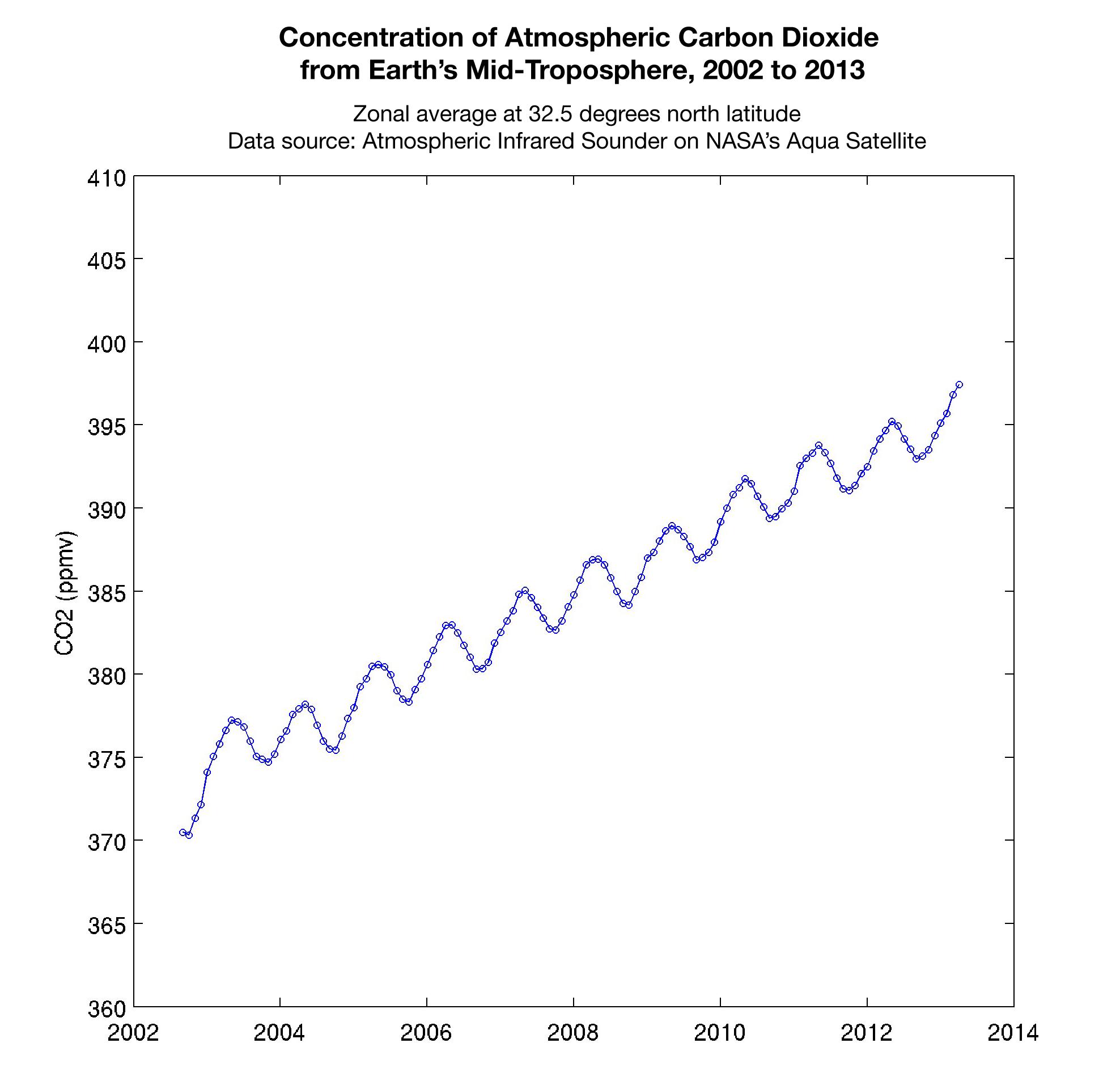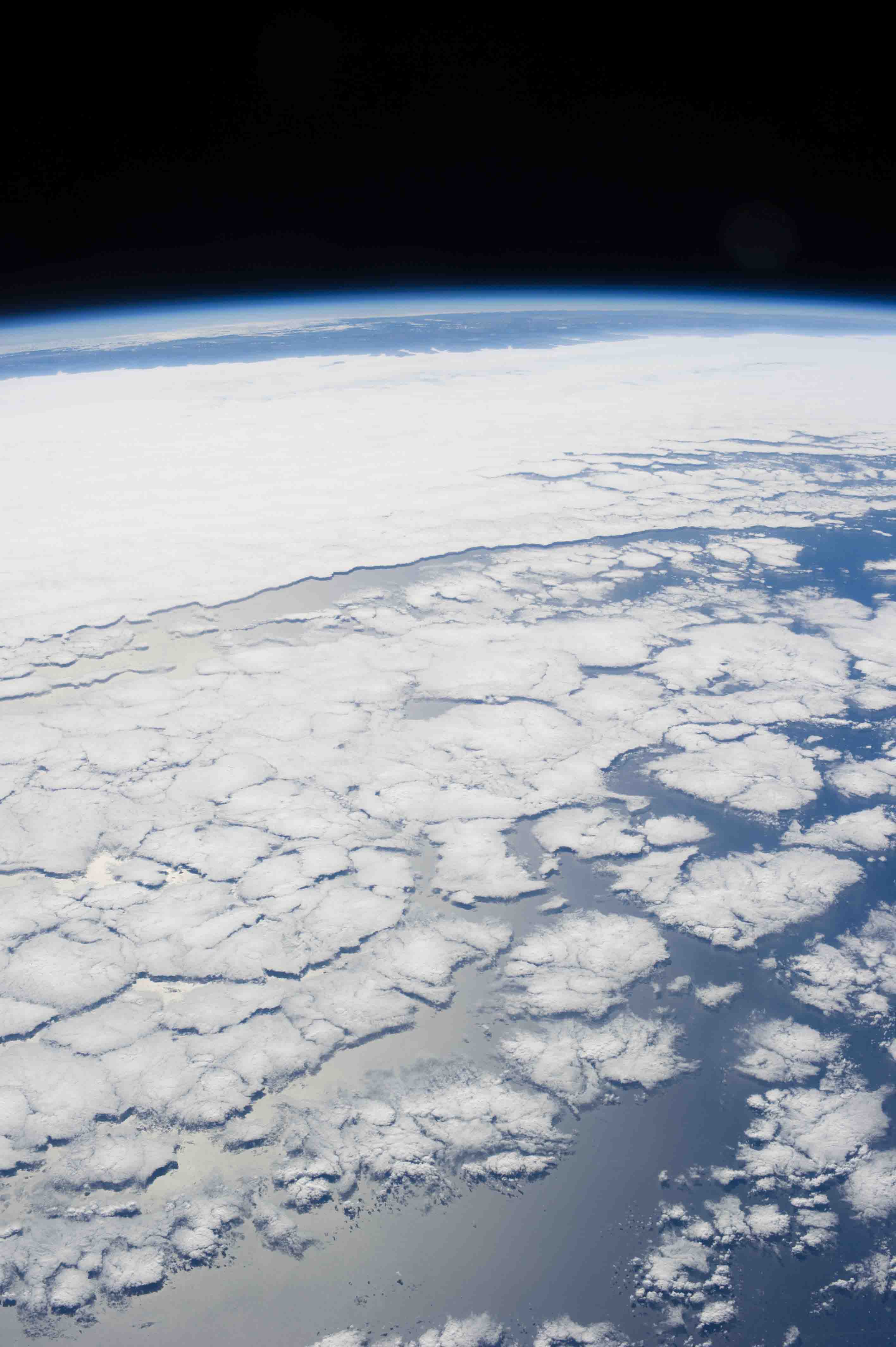The CO2 concentration in the northern hemisphere is slightly higher than in the southern hemisphere. This is where most fossil fuels are burnt. It indicates that the CO2 concentration is man-made.
Times when the man made CO2 cycle was closed within a few years
When you burn the wood of a tree you release CO2 into the environment that has been taken out of it only some years ago. The tree then absorbed water, H2O, and carbon dioxide, CO2, from its environment plus sunlight energy to form its wood. The cycle to absorb CO2 from the atmosphere and to release it back into it closes within a few years.
Therefore there was a balance of extraction and release of CO2 from and into our environment.
The disturbed CO2 cycle
As a consequence the CO2 concentration in our atmosphere is increasing. It has reached a level beyond 400 ppm, so almost double the concentration our earth had in historic ages, and it is ever increasing.
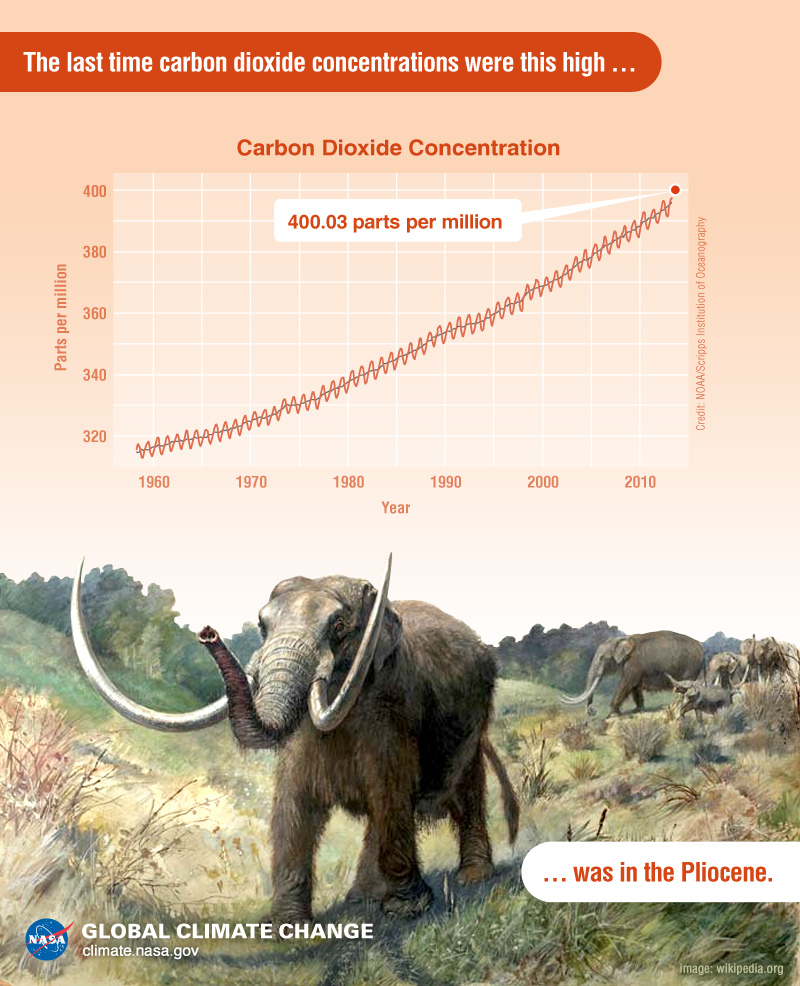
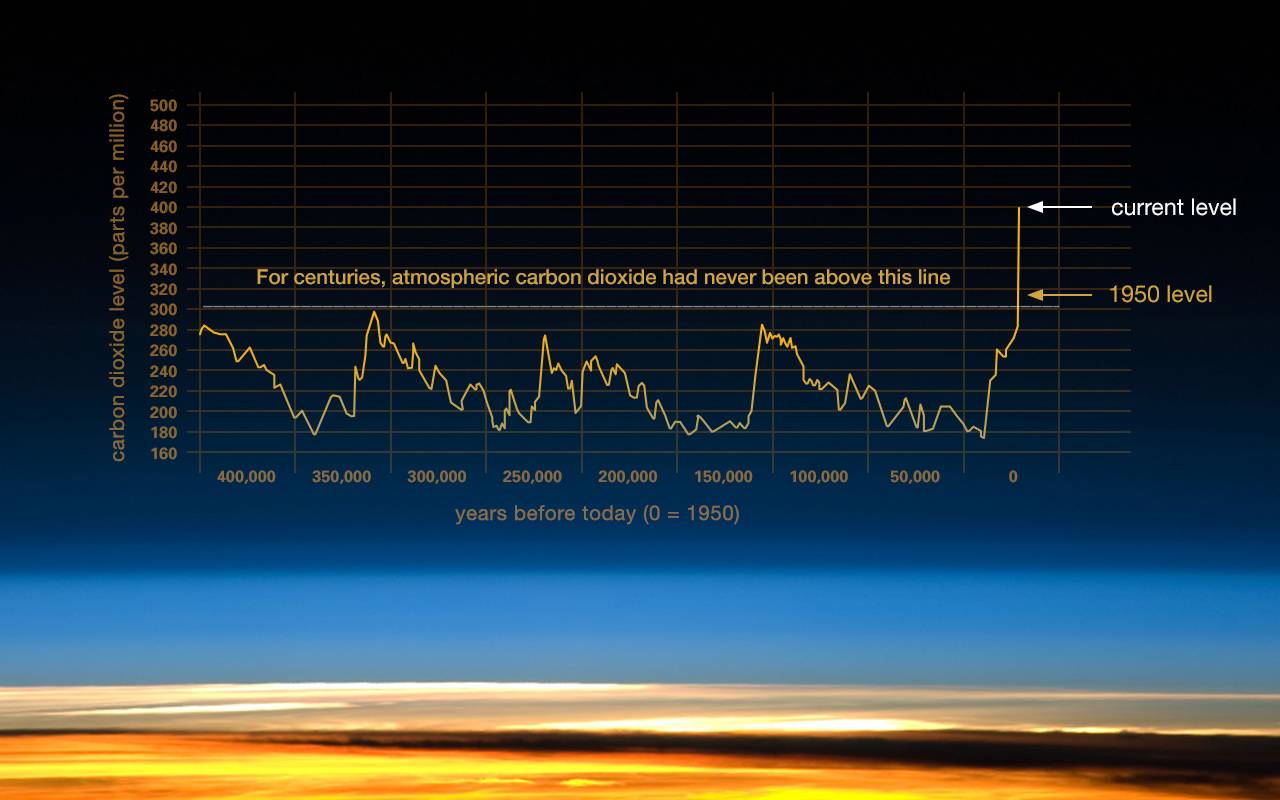
The CO2 cycle closes only after many million of years. This means we are on the way to bring back an atmosphere and ocean environment, which we had many million years ago.
More atmospheric CO2 leads to global warming and climate change
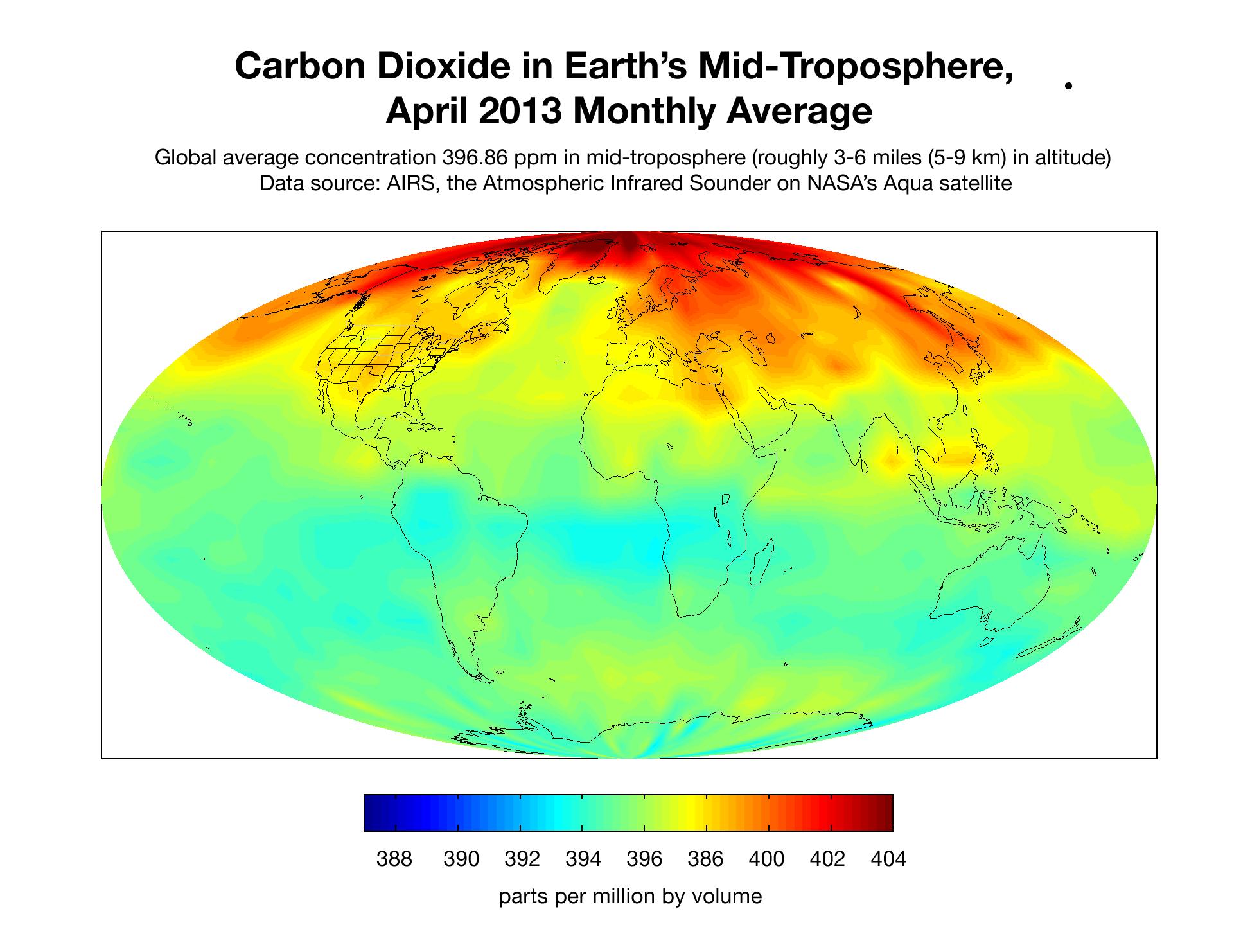
The greenhouse effect
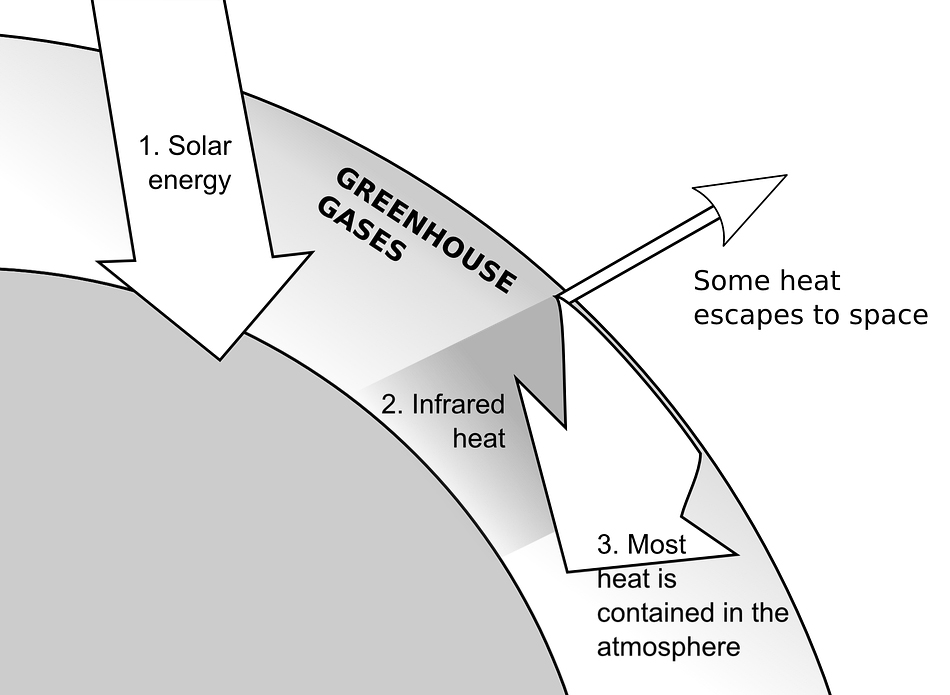
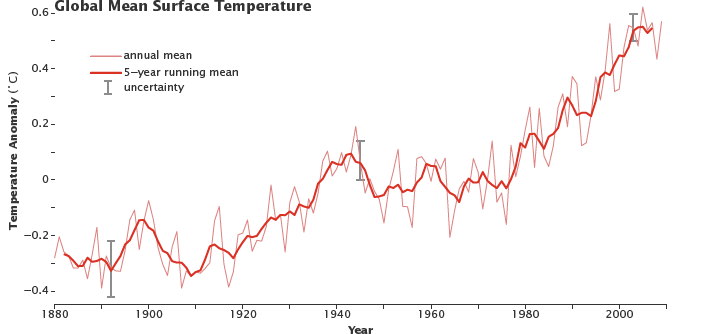
The average temperature on earth
The effects of global warming and climate change
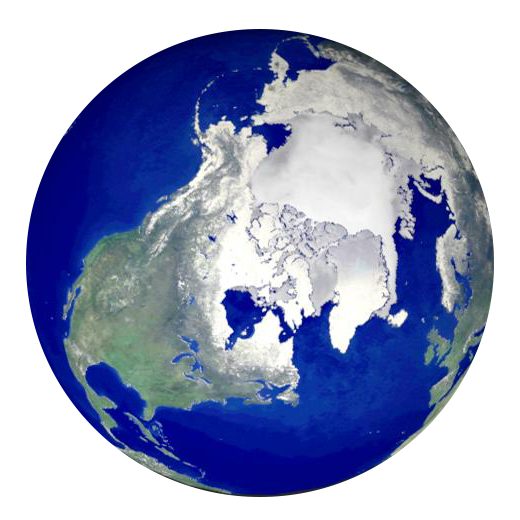
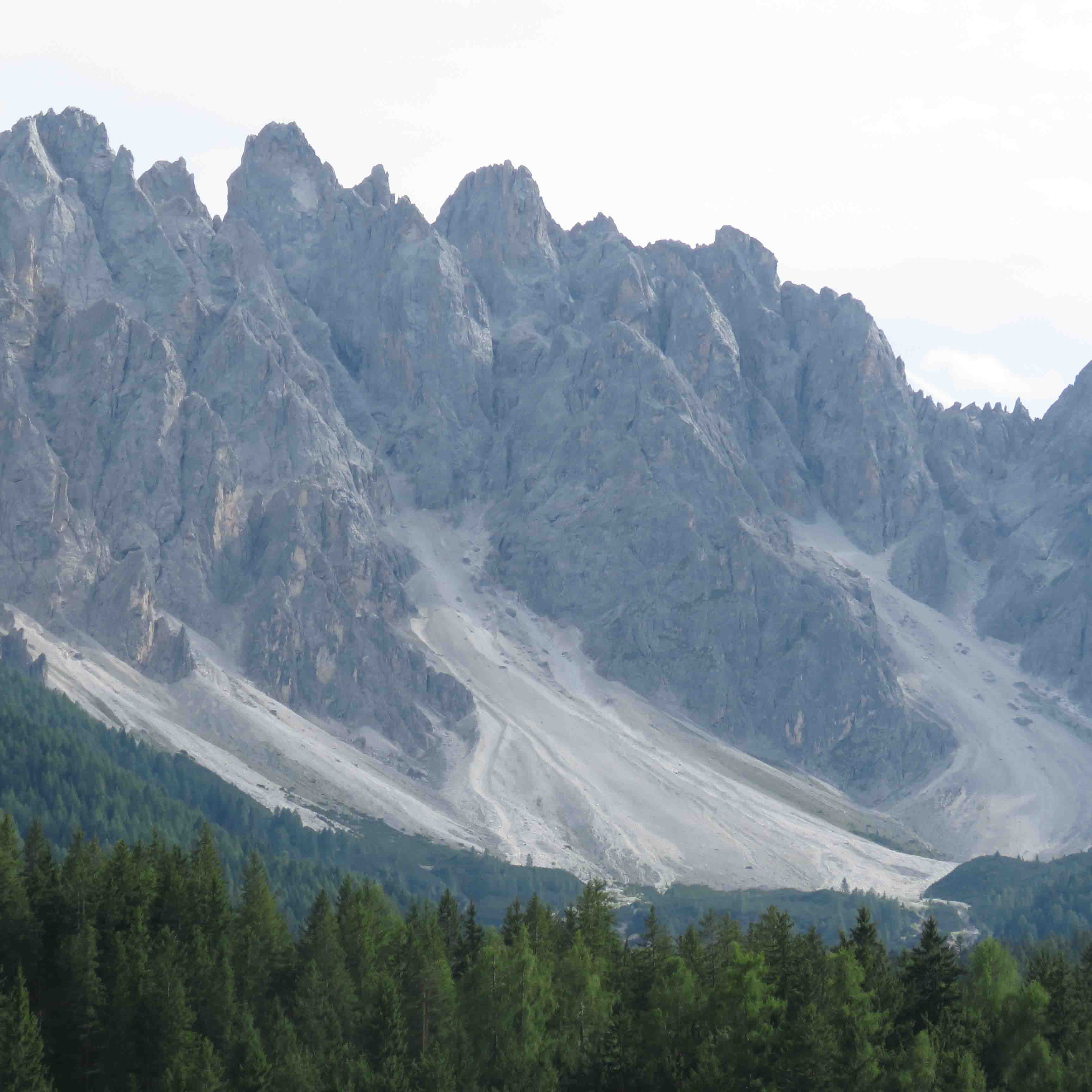
Mankind has to decrease utilization of fossil fuels
Nuclear energy bears the risk of huge disasters. The long-term disposal of nuclear waste carries further risk.
Therefore, mankind has to decrease its dependency on fossil fuels to avoid these negative effects and to preserve our creation. Regenerative sources of energy need to be used to satisfy our demand for energy.
